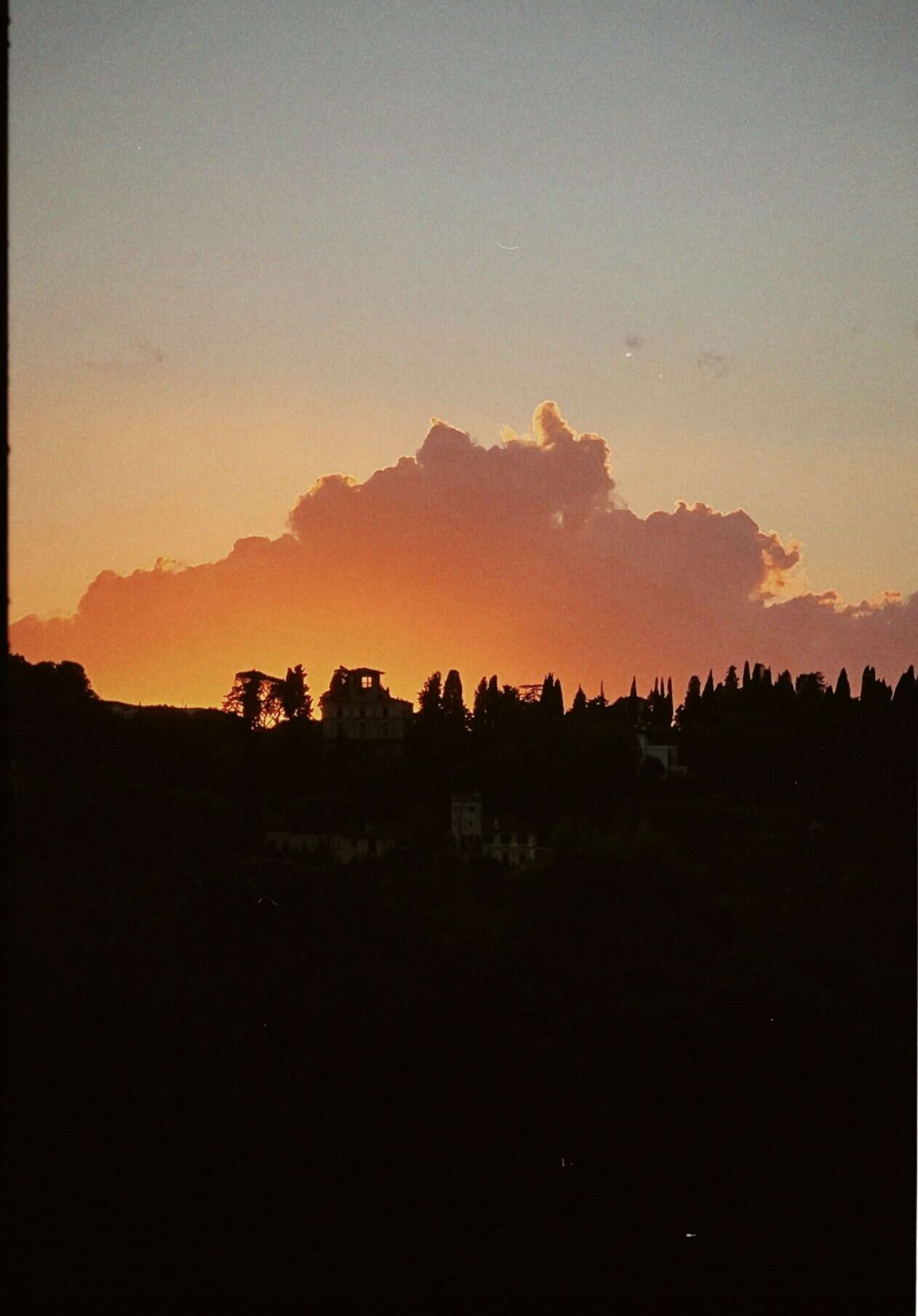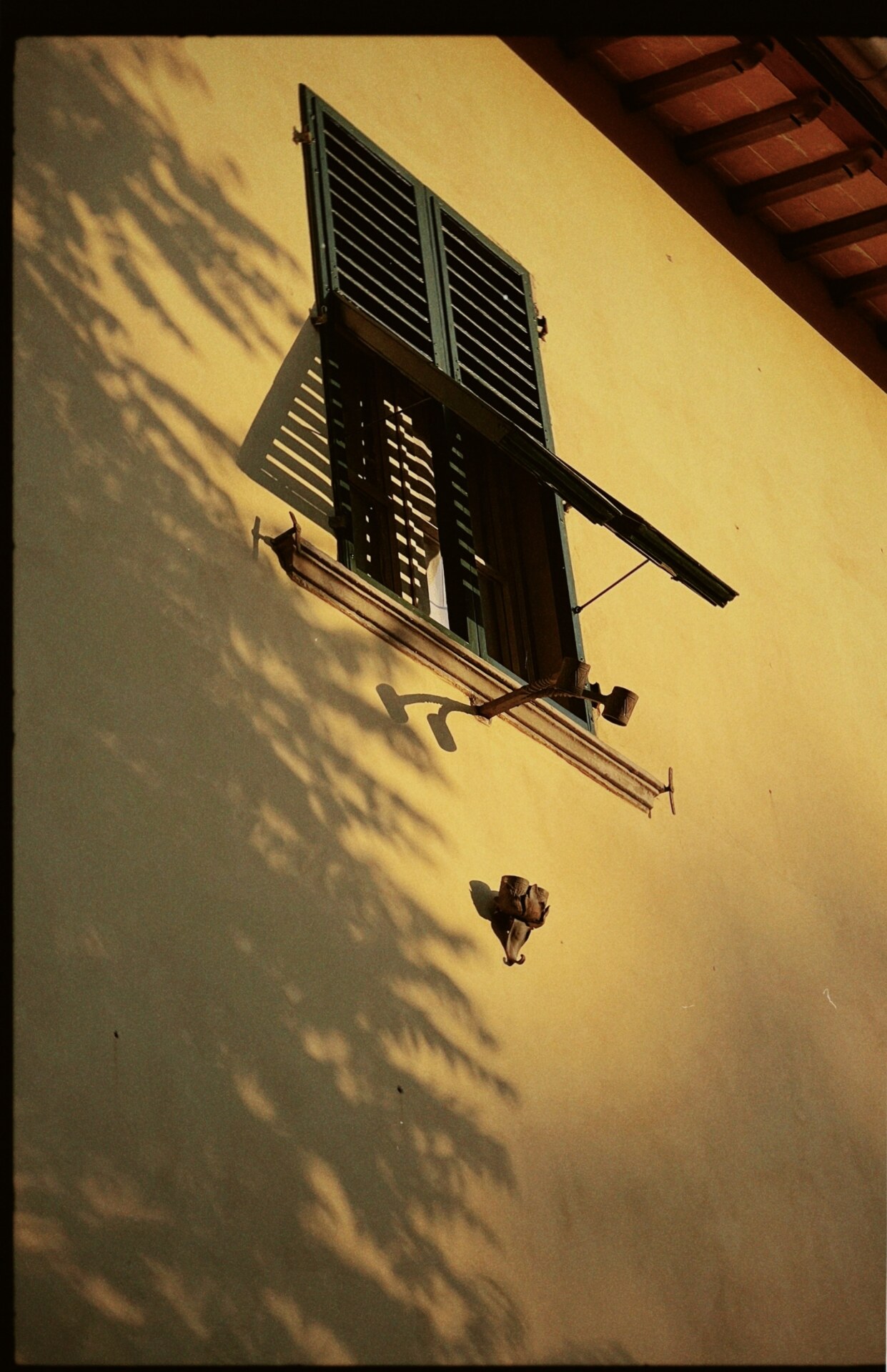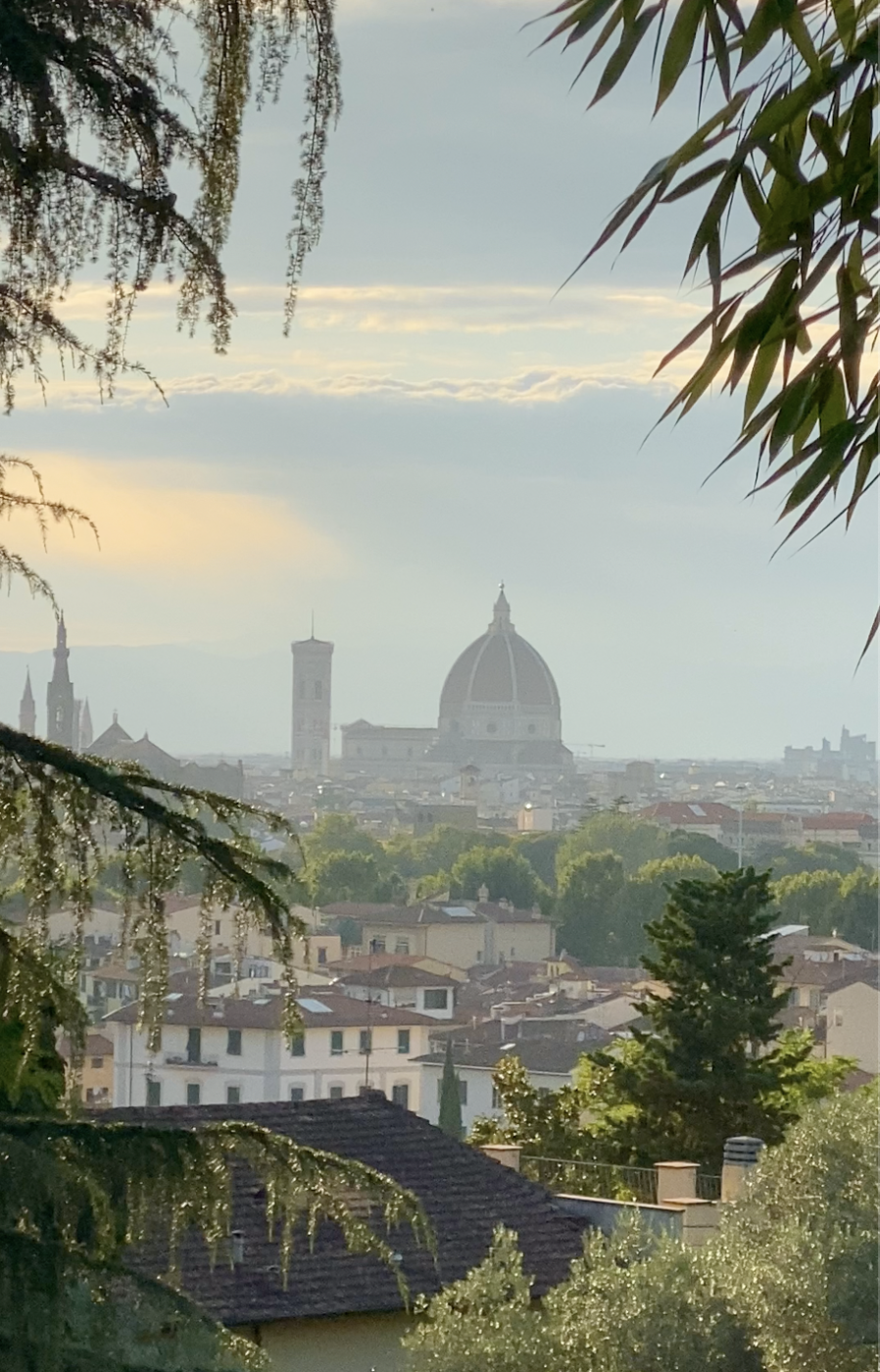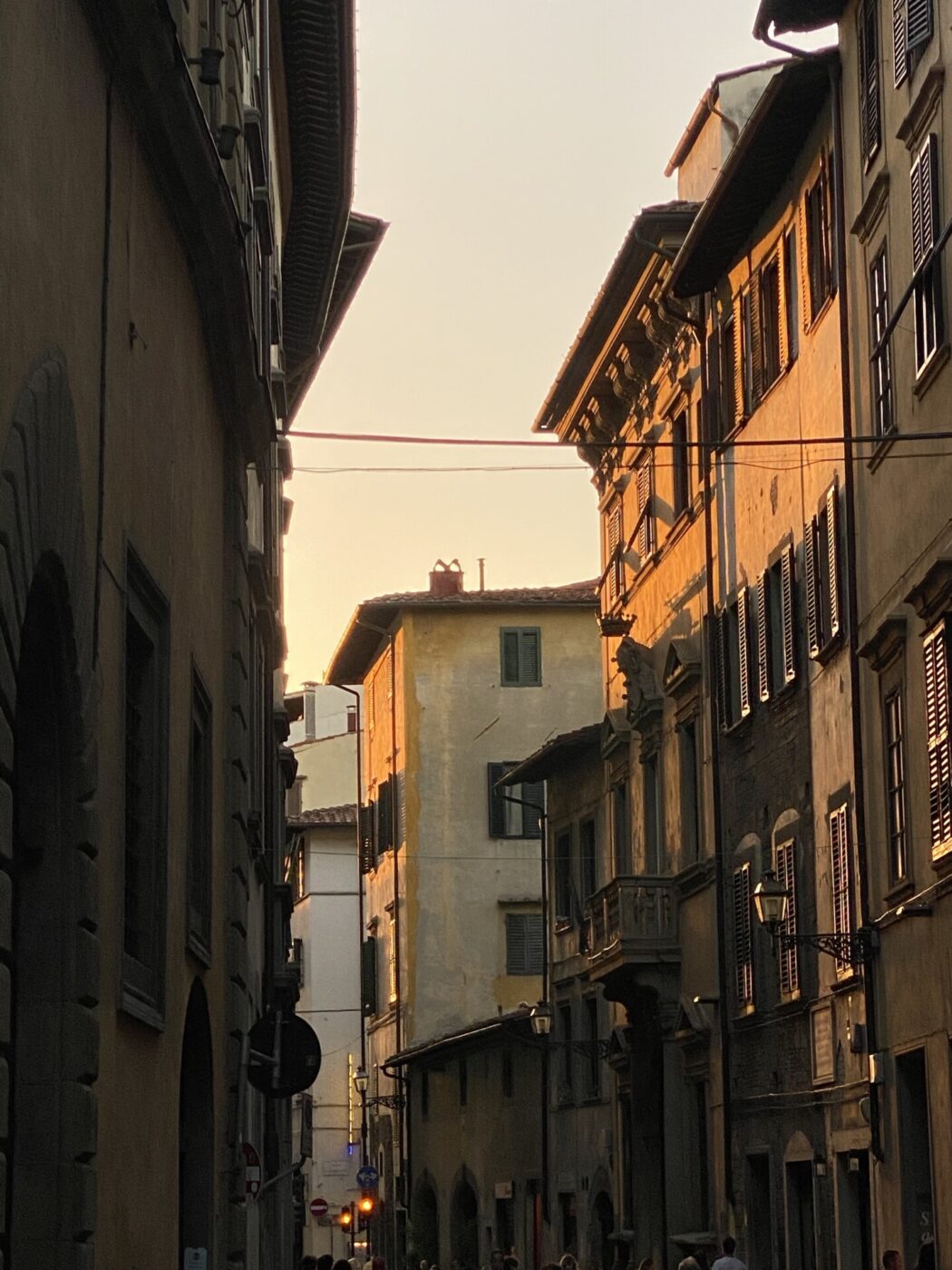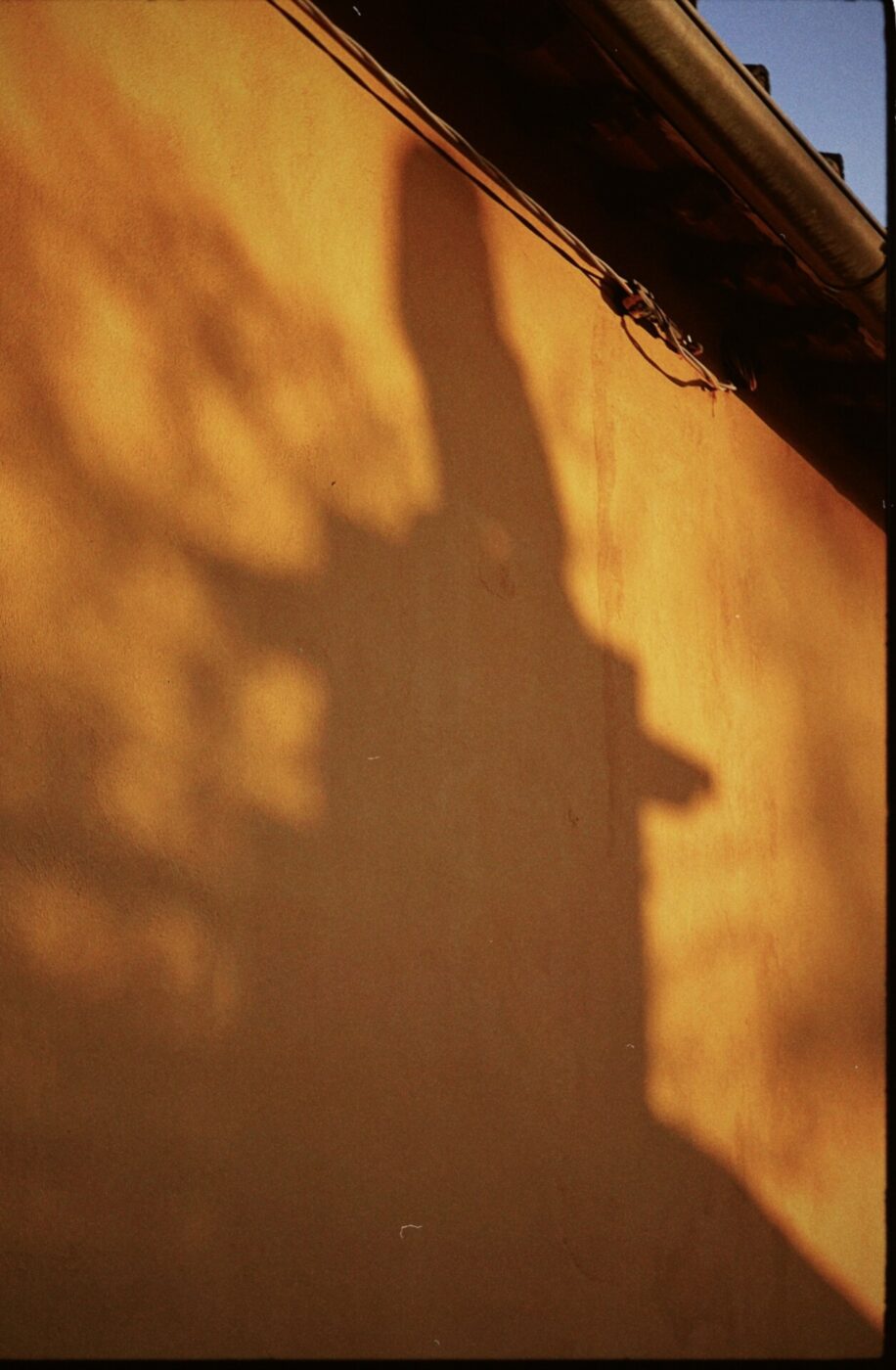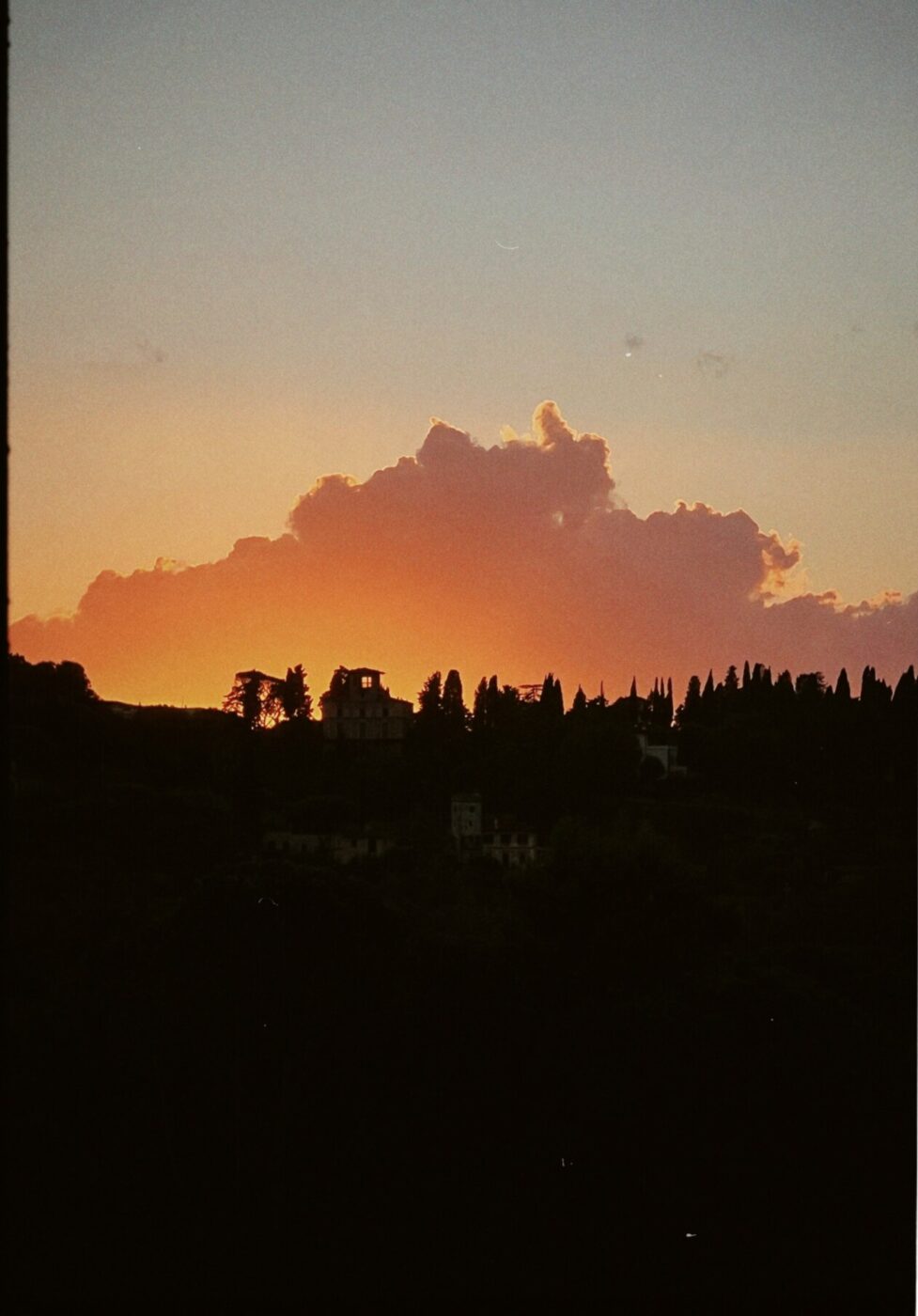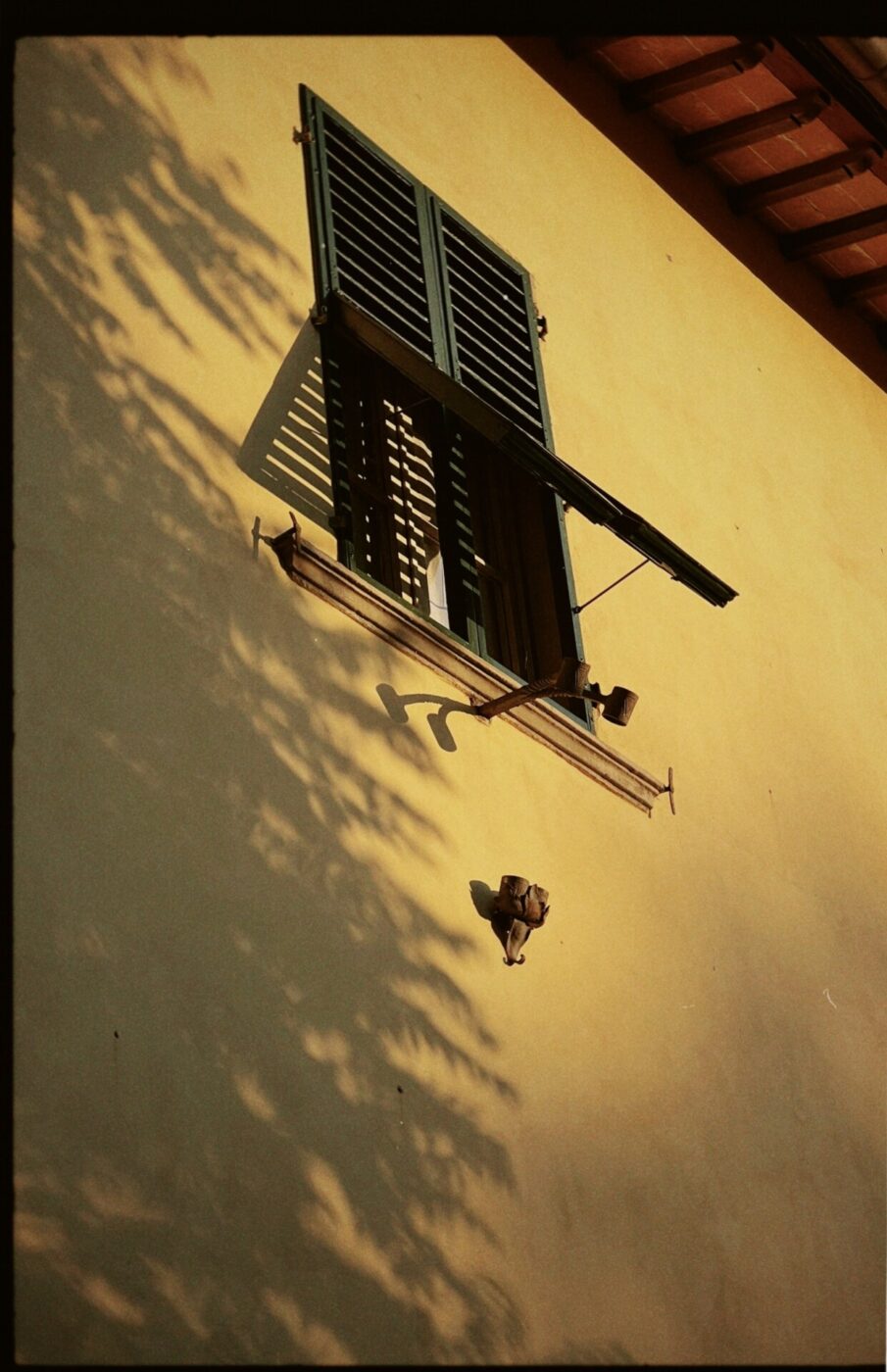As residents of Florence, we’ve well-trodden these historical paved streets and been just about everywhere there is to go in this small but beautiful city, from the obvious landmarks to the underground grassroots spots. We love Florence and all she has to offer, but even we must admit that, at times, living here feels a little bit like living in a Renaissance theme park with all the long queues and tourists scrambling to see the sights. Whether you’re a local looking for something new to do, a repeat visitor who’s already checked the obvious off your itinerary, or a newbie who just appreciates getting away from the crowds, we’ve compiled this list to help you make the most of your time and sightsee in Florence the way we would.
Go to Donatello’s David, Not Michelangelo’s
If there’s just one thing on most tourists’ Florence to-do list, it’s seeing Michelangelo’s David at the Accademia. And with fair reason, the masterpiece of Renaissance sculpture is often considered the world’s greatest. But, with all due respect to Michelangelo, we’re also partial to Donatello’s version of the Biblical hero. Comparing them though is like apples and oranges; both are important and striking works of art in their own right. Where Michelangelo’s David shows the hero with a body as chiseled as the marble he carved it from, Donatello’s version is more lithe, lean, and made of bronze. Michelangelo’s David stands stoic and larger than life; Donatello’s is sensual and naturalistic, almost demure. Michelangelo’s David stands as a solitary figure; Donatello’s has his foot resting on the severed head of Goliath, and he holds a sword that feels too large for his slight frame.
By all means, go see them both so you can compare and contrast the two very different interpretations of the same story. But, if you only have time to see one, we think you should consider Donatello’s, on display at the Bargello museum. Not only is this piece a perfect embodiment of the naturalistic style that the Renaissance era was known for, but it was also the first statue of a male nude since the classical era and the first free-standing bronze statue ever made. Back in the day, it was also the subject of controversy for having, shall we say, dubious sexual connotations. But above and beyond all that, it’s just a much, much nicer museum experience, due to being much, much less crowded. While you’re there, be sure to also see Donatello’s St George, and get your Michelangelo fix with some of his impressive earlier works, his Bacchus, and Pitti Tondo.
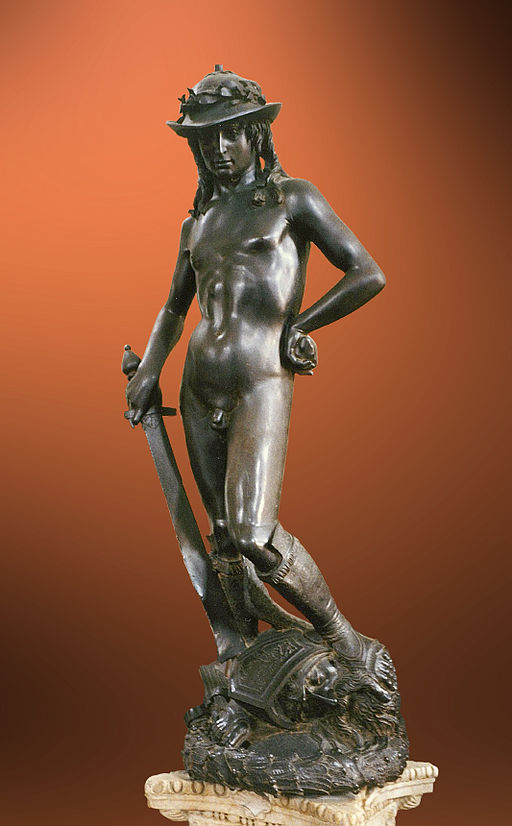
Go to Giardino di Bardini, Not Boboli Gardens
These sister sites are both incredibly beautiful, and can both be accessed on the same entry ticket. The Boboli Gardens, set behind the Pitti Palace, sprawl out in classic Italian Renaissance style–mazes of manicured shrubs that lead to secret clearings dotted with marble statues and trickling fountains, with a view over the green hills of the surrounding countryside. The one damper is that, being attached to the museum, there is an almost constant flow of tourists traipsing around. The Bardini Gardens, which can be accessed from the Forte di Belvedere exit of Boboli, are a little less formal, a little bit wilder, and a little bit less crowded, and for that, we like it just a smidge more. Originally a private garden belonging to the estate of the Bardini family, it’s an eclectic mix of landscaping with an English garden, Chinese garden, and beautiful Baroque stairway lined with flowers and marble statues. The view from the top is pretty striking too, with the whole city and the Arno river splayed out in front of you.
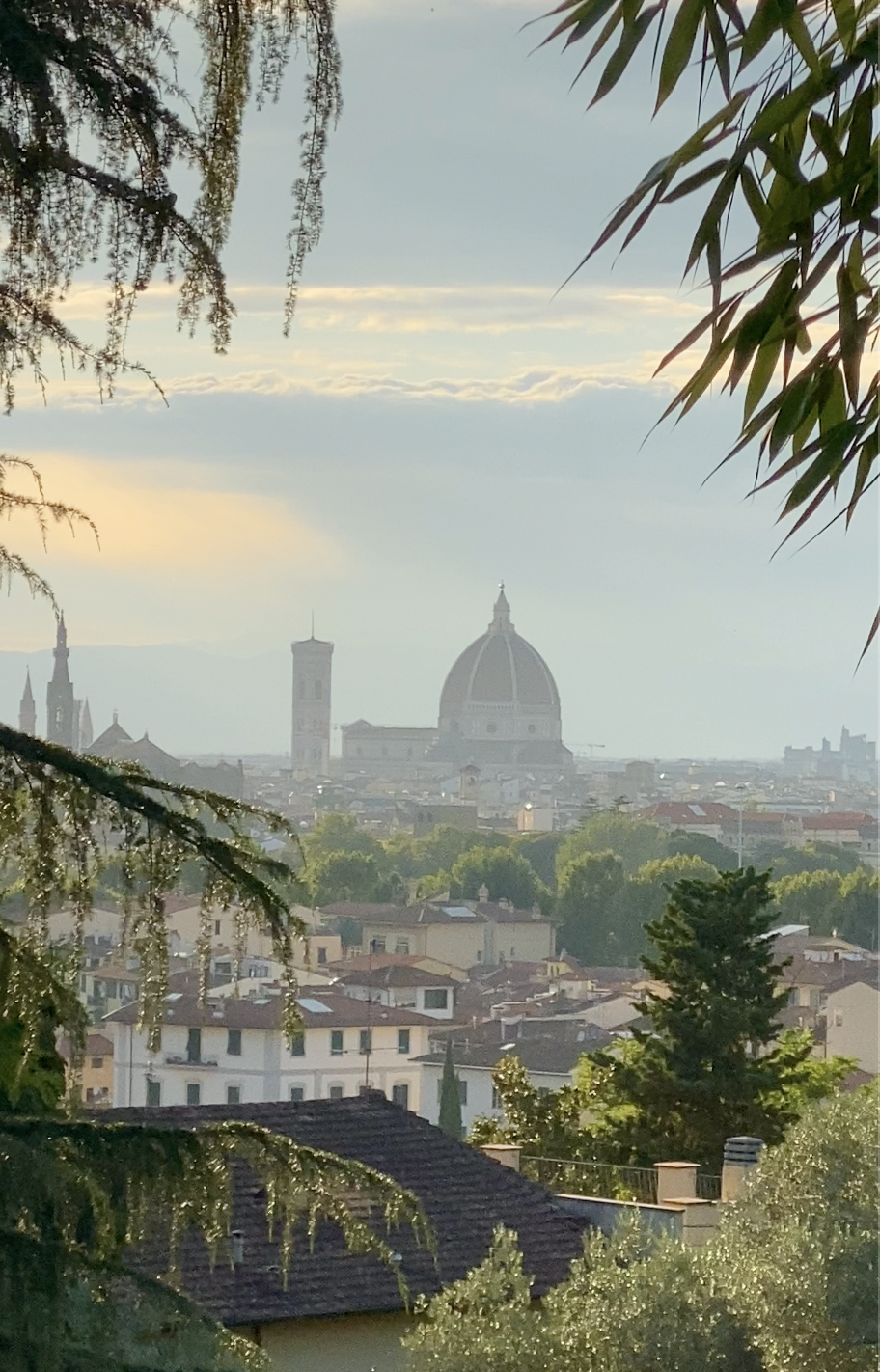
Go to Any of the Panino Shops In Our Power Ranking, Not All’Antico Vinaio
Look, All’Antico Vinaio’s loaded sandwiches are good. They’re certainly worth the price, for the sheer fact that any one of them is more or less the size of a newborn infant. What they’re not worth though, is the queue that you have to wait in to get your hands on one. No shade to them, we just honestly don’t think any sandwich could possibly be worth waiting up to two hours in the sweltering heat, crammed between a Midwestern couple wearing Hard Rock Cafe T-Shirts and a gaggle of lads chanting incoherent football ditties. We say skip the aggravation and go to Maledetti Toscani (their pane di pizza is insane), Semel, Schiaccia Passera, or any of the others in our panino power ranking. They’re all just as, if not more, delicious, their ingredients are top quality, and most of them are cheaper too.

Go to a Smaller Gallery, Not Uffizi
Florence might be synonymous with the Renaissance, but–and maybe sit down comfortably before we tell you this–there’s actually some pretty cool contemporary stuff happening here too. Whether you’re just not a history buff or you’ve simply seen so many Madonna e bambinos that they’re all starting to run together, we see you, we understand you, and we feel you.
Skip the Uffizi (and the need for a ticket booked weeks, if not months, in advance) and instead consider paying a visit to one of Florence’s smaller, more modern galleries. We love the Collezione Roberto Casamonti, which houses Casamonti’s private collection of modern and contemporary art in a Renaissance-era palazzo. Under molded ceilings and porticoed arches, you’ll find works from Picasso, Kadinsky, and Basquiat, among many others. Be sure to also check out Spazio Amanita, a newly-opened contemporary art space, curated by Caio Twombly, which hosts revolving exhibitions from emerging artists all over the world, in a crisp, minimalistic interior. You do have to call ahead of time (or make an appointment by email or DM) to schedule your visit, but only because the gallery is technically still private.
Go to Via dei Serragli, Not Via de’ Tornabuoni
Florence is the birthplace of some of the world’s best-known fashion houses–Ferragamo, Gucci, and Pucci, among others–and once upon a time, Via de’ Tornabuoni was the elegant street to shop their wears and find high quality artigiani and sarti (tailors). Then, some of these family brands were bought out, and a whole host of brand-name boutiques moved in, pushing out the smaller artisans and turning Tornabuoni into another placeless street for big spenders. If you’re looking for a shopping experience with a little more personality, we recommend heading across the river to Via dei Serragli.
The whole Oltrarno area tends to attract a more local crowd and has a more artsy flair. On Via dei Serragli, you’ll find a mix of up-and-coming independent designer boutiques, curated vintage shops, contemporary art galleries, and artisan ateliers. We love popping by Simone Begali’s Fine Arts Gallery, which feels more like a showroom for her mod-inspired wares; Elena Pinna’s studio, to admire her brightly coloured multimedia pieces made with wood, natural textiles, and other raw materials; Domus Aurea for swoon-worthy mid century furniture and homewares; and Momo Vintage, where you can get your hands on vintage designer which probably came right from Via Tornabuoni a few decades ago.
You can also head around the corner to Heart to Heart in Florence, where you can pick up a carpet or velvet Friulane shoes.
Go to Florence in the Spring/Fall, Not Summer
There’s a reason why locals leave the city in summer, and you’d understand why if you ever step into August’s sticky air. Crowds and queues aren’t the most fun at any time of year, but when you also consider an average temperature that climbs to the high-30s, and 10000000% humidity, it becomes downright unbearable. On top of this, most restaurants worth their salt (and their salted bread) will be booked for weeks straight, as will most of the top sights. May we also remind you that here air conditioning is a privilege, not a right, and you won’t find it everywhere.
Instead, consider coming in late spring (April-June) or early fall (September-early November). In spring, the weather is warm enough to wear a t-shirt and catch some sun in the piazzas in the afternoons, and the blooming wisteria makes the city look like something out of a fairy tale. In fall, the surrounding Tuscan countryside is at its most beautiful, as the leaves change colors and both olives and wine are harvested–meaning this is also the best time of year to visit a nearby winery and try the new vintages and olio nuovo.




